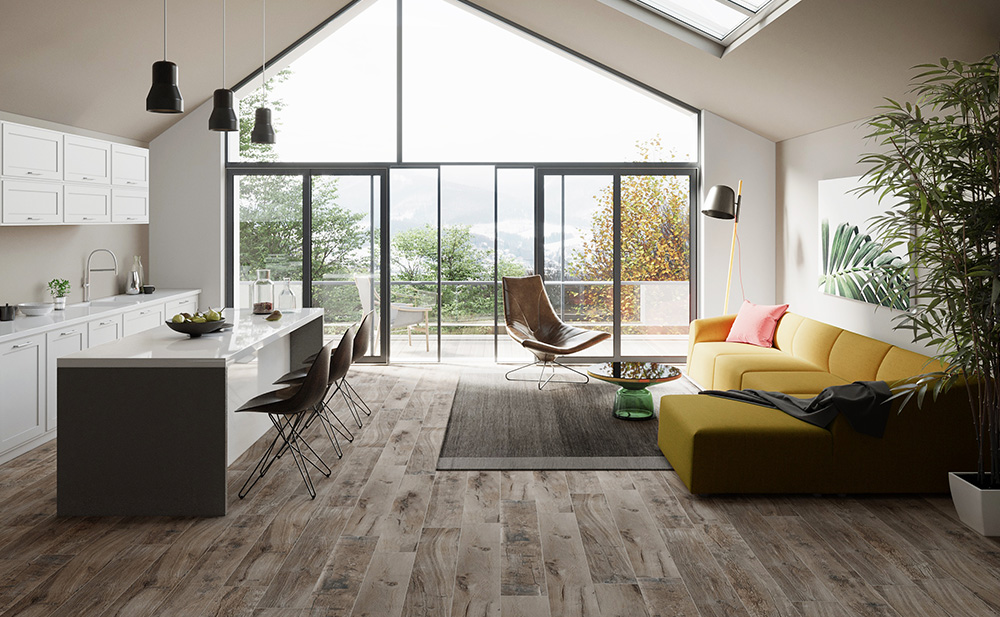In a city as architecturally diverse and rapidly evolving as Sydney, homeowners are increasingly recognising the value of thoughtful, well-planned renovations. Whether you’re rejuvenating a Federation-style cottage in the Inner West, modernising a family home in the Hills District, or enhancing a coastal property in the Eastern Suburbs, the key to maximising your return lies in meticulous planning, not just beautiful finishes.
Renovating your home is not only a way to improve day-to-day living but also a strategic tool to enhance long-term property value. But Sydney’s renovation landscape is complex, impacted by council regulations, trade availability, land values, and lifestyle expectations.
This guide offers a comprehensive breakdown of how to approach your renovation smartly, so you spend with intention, avoid costly errors, and get the most from your investment.

Define Your Renovation Objectives With Precision
The foundation of a successful renovation is clarity. Before reaching out to builders, architects, or interior designers, take time to identify what you hope to achieve. Broadly, renovations fall into several categories:
- Lifestyle improvements: Expanding the kitchen to support a growing family or adding an ensuite to improve convenience.
- Aesthetic upgrades: Refreshing outdated rooms with modern finishes and design.
- Structural reconfigurations: Removing walls for open-plan living or rethinking spatial flow.
- Energy efficiency and sustainability upgrades: Installing double glazing, insulation, or solar systems.
- Investment strategy: Preparing the home for sale or lease to attract higher returns.
Document these goals in priority order. This hierarchy helps guide decision-making when balancing desires with your budget and also serves as a framework to communicate clearly with your builder or design team.
Understand Local Market Value Trends
The Sydney property market is hyper-localised. Renovations that add significant value in one suburb may have limited effect in another. For example, adding a second bathroom in a two-bedroom apartment in Potts Point can drastically improve rental yield, whereas doing the same in a freestanding home in St Ives might be expected as standard.
Consulting local real estate agents can also provide insight into buyer expectations and gaps in the market that your renovation can fill. Aligning your plans with both personal and market needs ensures the best chance of capital growth.
Get Realistic About Renovation Costs in Sydney
Sydney is one of Australia’s most expensive cities to renovate in. Labour shortages, high material costs, and logistical challenges like narrow site access or council red tape can all impact budgets.
Here’s a breakdown of typical price guides (updated for 2025):
| Renovation Type | Budget Range |
| Kitchen (mid-high spec) | $35,000 – $75,000+ |
| Bathroom | $25,000 – $50,000+ |
| Full internal renovation | $120,000 – $300,000+ |
| Extension (single storey) | $180,000 – $400,000+ |
| Second storey addition | $250,000 – $600,000+ |
In addition to build costs, allow 10–15% for contingencies. Unexpected issues like outdated plumbing, termite damage, or site remediation can quickly escalate expenses. Your budget should also include:
- Architectural or drafting fees
- Engineering reports
- Council fees and application charges (DA or CDC)
- Surveying
- Energy efficiency reports (BASIX)
- Temporary accommodation (if applicable)
Working with a builder like RJG Group means gaining access to reliable cost estimations, value-engineered solutions, and transparent progress billing.
Prioritise Renovation Areas That Offer High ROI
Not all renovation efforts deliver equal returns. Focus on spaces that affect the way people live and make a strong visual impression:
- Kitchen: Considered the hub of the home. Layout, lighting, integrated appliances and quality joinery add major value.
- Bathrooms: Essential for functionality. Frameless showers, stone benchtops, heated towel rails and clever storage elevate the space.
- Living areas: Open-plan configurations with strong indoor-outdoor connections are highly sought after.
- Outdoor zones: Covered alfresco dining, decked patios and landscaped gardens improve lifestyle appeal.
- Storage: Built-in cabinetry, attic storage, and laundry upgrades are often underestimated but essential.
Where possible, consider structural changes that improve natural light, flow and ventilation. These design elements cost less than luxury finishes but have significant lifestyle and resale impacts.
Choose the Right Procurement Model
There are several ways to deliver a renovation. Each comes with different levels of control, risk, and coordination:
- Design and Construct (D&C): One company handles design and build. Ideal for streamlined projects.
- Separate Design and Tender: Hire an architect first, then tender to builders. Best for complex or high-end custom jobs.
- Owner Builder: You manage trades yourself. High risk unless you have industry experience.
RJG Group offers integrated design and construction services, reducing handover gaps and ensuring continuity from concept to delivery.
Plan the Approval Process Strategically
Sydney councils vary significantly in their approval processes. Some renovations can proceed under Complying Development (CDC), which is faster and assessed by a private certifier. Others require Development Approval (DA), which can take months.
To determine what applies:
- Consult your local council’s LEP (Local Environmental Plan)
- Determine if your home is heritage-listed or in a conservation area
- Confirm maximum floor space ratios and setbacks
Professional planners or architects can manage this on your behalf, including preparing documents like site surveys, shadow diagrams, and stormwater drainage plans. RJG Group regularly coordinates DA and CDC processes, ensuring compliance and minimising delays.
Phase the Project if Needed
If your full renovation scope exceeds your current budget, consider a staged approach. Prioritise urgent areas (like leaky bathrooms or unusable kitchens) and design the overall masterplan so each stage logically connects.
For example:
- Stage 1: Kitchen, dining and living reconfiguration
- Stage 2: Bathrooms and bedrooms
- Stage 3: Outdoor entertaining and facade upgrades
A good builder will help you plan stages to avoid double handling and make sure infrastructure (plumbing, wiring) is future-ready.
Plan for Site Logistics and Day-to-Day Living
Sydney homes often present site access issues: shared driveways, narrow frontages, or proximity to neighbours. These impact the choice of materials, equipment and delivery schedules.
Also, think about:
- Will you live in during the renovation?
- Where will you store furniture?
- Are there kids or pets that need to be safely accommodated?
- What are your working-from-home needs?
RJG Group uses detailed project planning and scheduling tools to coordinate works with minimal disruption to clients’ lives. Safety and cleanliness on site are a top priority.
Material Selection: Durable, Available and Appealing
Choosing materials is about more than aesthetics. Consider lead times, warranties, compatibility with Australian standards, and long-term performance.
- Opt for engineered stone over marble to reduce maintenance.
- Choose high-traffic flooring like hybrid planks or polished concrete.
- Use brushed or matte tapware finishes to reduce fingerprints.
- Prioritise quality over brand, performance matters more than labels.
Your selections should match the price point of your home. Overcapitalising on designer finishes in an entry-level suburb will not deliver return.
Track Progress, Milestones and Payments
Renovation projects must follow a structured schedule. Set clear expectations with your builder around:
- Weekly progress reports
- Site meetings
- Milestone payments tied to deliverables (e.g., slab pour, frame complete, lockup stage)
- Change order documentation
RJG Group uses digital tools for scheduling, budget tracking and client updates, so you always know what’s happening and when.
Post-Completion: Inspections, Warranties and Maintenance Plans
Once your renovation is complete, take time to:
- Conduct a detailed final walk-through
- Obtain warranty certificates and compliance documents
- Understand maintenance needs (e.g., grout sealing, appliance servicing)
- Photograph your completed works for valuation or insurance purposes
RJG Group also offers post-build support and maintenance advice to ensure your home stays in peak condition for years to come.
Final Thoughts
Smart renovations are not just about beautiful outcomes, they’re about strategic thinking, precise budgeting, and the right partnerships. If you’re planning a renovation in Sydney, trust a builder who understands how to balance form, function, compliance and cost.
RJG Group delivers premium renovation outcomes without shortcuts. We work closely with homeowners across Sydney to design, manage and build transformative spaces that genuinely add value.
Thinking of renovating?
Start a conversation with our team today and let’s bring your renovation vision to life, the smart way.








 Defining Modern Excellence with Integrity
Defining Modern Excellence with Integrity




